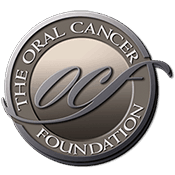Survey reveals most are unaware of the causes and symptoms of mouth cancer
Source: www.cosmeticdentistryguide.co.uk Author: staff A survey has revealed that most people are unaware of the major risk factors and symptoms of oral cancer. The SimplyHealth Annual Dental Health Survey revealed that of the 11,785 adults surveyed, 70 percent were unaware of the symptoms of mouth cancer while only 3 percent knew that kissing could increase your risk of moth cancer as a result of exposure to the human papilloma virus (HPV). A spokesperson for SimplyHealth said that most were aware that smoking and drinking increased the risk of oral cancer, but very few people were aware of the link between oral cancer and the HPV, a virus which is also responsible for some cases of cervical cancer. According to Cancer Research UK, some strains of HPV increase the risk of mouth cancer, which could explain why the disease is becoming more common in young people, as the virus is spread through physical contact. Dentist Michael Thomas said that it was important for people to be aware of the symptoms of mouth cancer, as well as the causes. As with most forms of cancer, the earlier mouth cancer is diagnosed, the higher the chance of survival. Only 28 percent of adults surveyed had discussed mouth cancer with their dentist and this is worrying, as dentists are in a prime position to spot the early warning signs and arrange further tests and treatment. The most common symptoms of mouth cancer include lumps or swellings in the mouth or throat, sores or ulcers [...]
